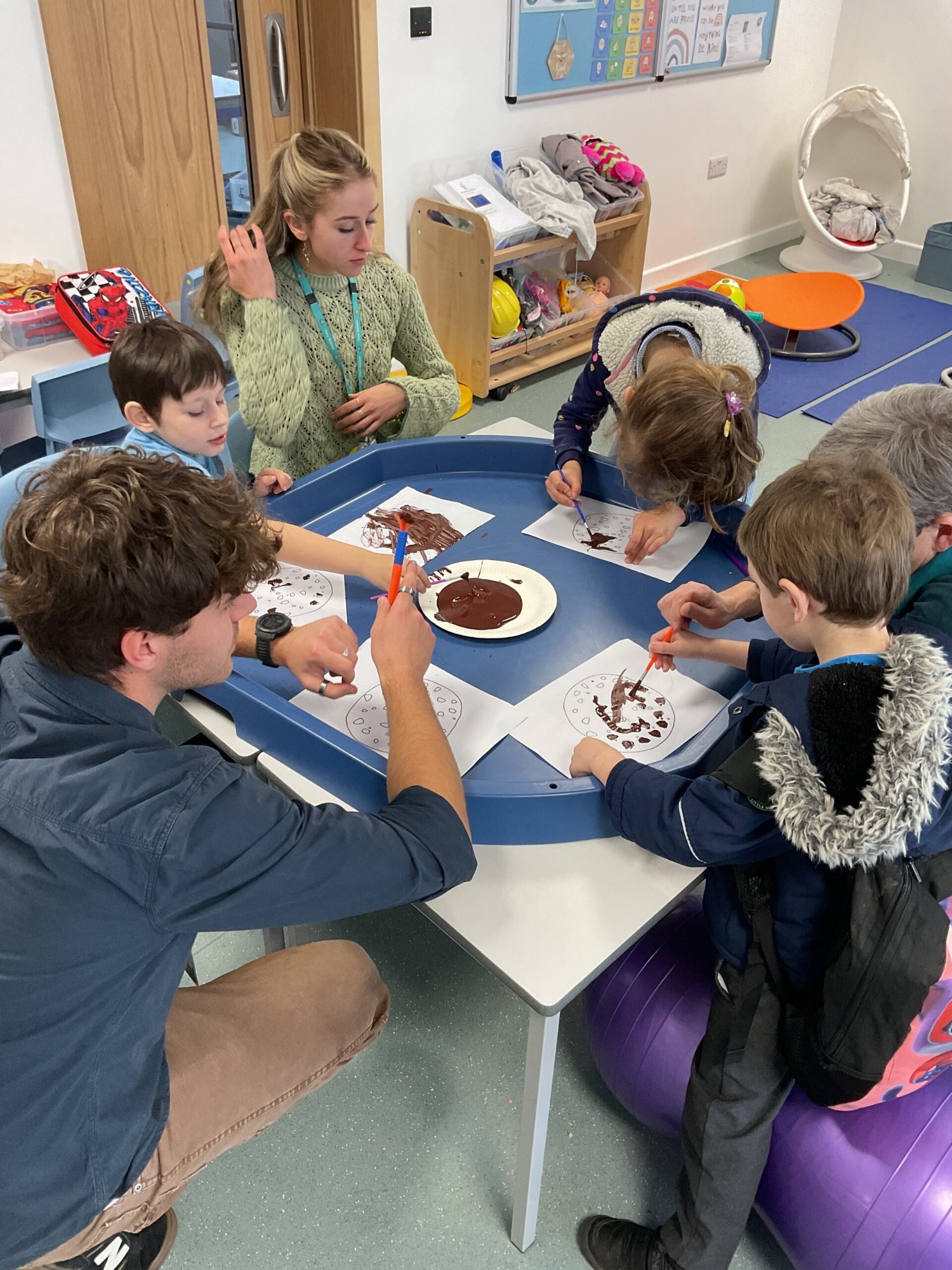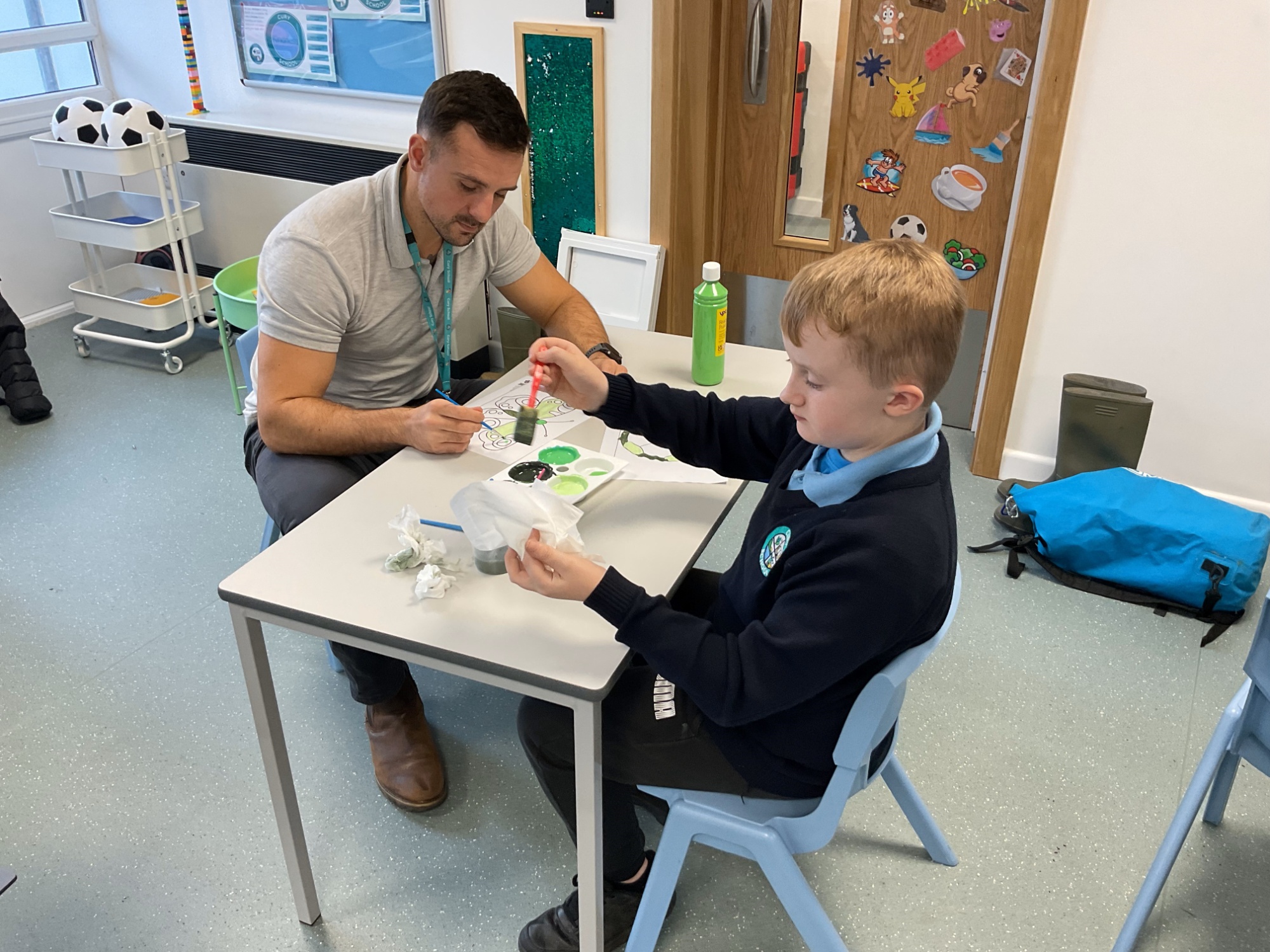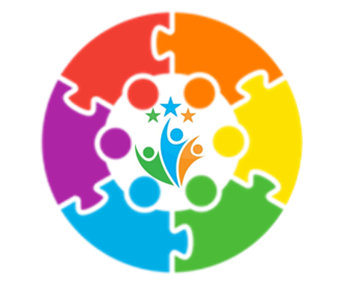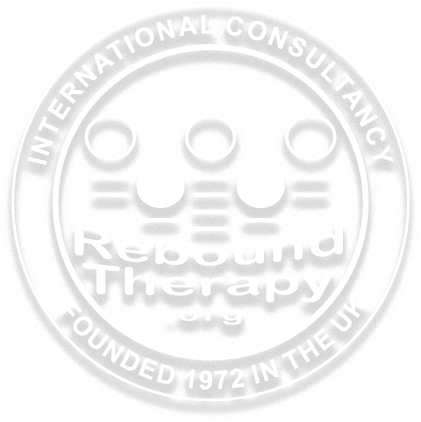Art & Design
![]()
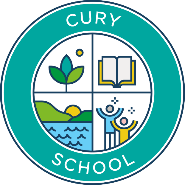
At Cury School, our Art and Design curriculum is designed to support the development of creativity, self-expression, and communication for all pupils. Our aim is to offer a rich and varied creative experience where students can explore and experiment with materials, techniques, and processes, enhancing their fine motor, sensory, and communication skills. Through art, children will be encouraged to draw inspiration from their feelings, experiences, and the work of other artists, while learning to express their preferences, emotions and ideas through art. Our DT curriculum will promote self-confidence, independence and resilience, allowing pupils to take creative risks and explore new ways of working in both 2D and 3D. Throughout Key Stages 1 and 2, pupils will build on their skills progressively, developing an understanding of art and design, fostering an appreciation of different artists, styles, mechanisms, traditions and the world around them. Our approach is inclusive and supports pupils’ personal learning goals and needs, ensuring that all students can engage with and contribute to their Art and DT development in meaningful ways.

At Cury, we have timetabled Arts and Design Technology lessons with both individual and collaborative projects using both the inside and outside environments. Pupils will encounter and build upon their art and design experiences and awareness through explorative and sensory opportunities. Learning will be adapted, and communication skills will be developed using PECS, symbols, and AAC devices to meet the individual needs outlined in each pupil’s EHCP and personal learning goals, allowing all pupils to access and enjoy the learning. Pupils will have opportunities to experiment and test new ideas involving trial and error where there are no right or wrong answers. Pupils will develop their knowledge and understanding of Art and Design Technology, and the processes involved. Both subjects will be delivered in a cross-curricular way that develops and draws on a range of skills as well as the pupils’ personal interests. Pupils will be encouraged to learn how to take risks, problem solve and build resilience and resourcefulness in line with the school’s TIS approach. Each pupil’s work is valued and displayed as their personal communication, achievement and self-expression.
For Art, pupils will learn about colour, tone, line, space, form, texture and pattern, using different materials. Pupils are also provided with opportunities to look at the work of other artists and to practice working in similar styles. Children are given opportunities to access art through cross-curricular learning, enrichment and therapy opportunities. Lessons are always practical in nature and encourage experimental and exploratory learning with pupils using sketchbooks to document their ideas.
Our Art curriculum is designed with five strands that run throughout. These are:
-
Generating ideas
-
Using sketchbooks
-
Making skills, including formal elements (line, shape, tone, texture, pattern, colour)
-
Knowledge of artists
-
Evaluating and analysing
Units of art lessons are sequential, allowing children to build their skills and knowledge, applying them to a range of outcomes. The formal elements, a key part of the National Curriculum, are also woven throughout units. Key skills are revisited again and again with increasing complexity as pupils progress through the Key Stages. This allows pupils to revise and build on their previous learning. Units in each year group are organised into four core areas:
-
Drawing
-
Painting and mixed media
-
Sculpture and 3D
-
Craft and design
For Design Technology, pupils are offered a multi-sensory and communication focused approach which allows them to develop a range of life skills. Learning is differentiated to meet the needs of each pupil and is focused on the learner’s interests. Through projects and enterprise opportunities, pupils design and create a range of items in order to build skills, confidence and resilience, and contribute to the school community. Cury also offers clubs linked to cooking and computing skills, both key aspects of DT. Our curriculum is designed in such a way that children are involved in evaluation, dialogue and decision making about the quality of their outcomes and the improvements they need to make. The curriculum focuses on the following key areas:
-
Cooking and nutrition
-
Mechanisms/ Mechanical systems
-
Structures
-
Textiles
-
Electrical systems (KS2 only)
-
Digital world (KS2 only)
The progression of Design Technology skills at Cury School includes enterprise projects. These projects teach students practical skills related to entrepreneurship, teamwork, problem-solving, and financial literacy. Students have the opportunity to work in teams to develop an idea, create a plan, and execute the project. This may involve tasks like research, product development, marketing, sales, and managing finances. We also have skills builder activities throughout the year which include drop down days where we complete whole school enterprise projects, team building and creative workshops.
![]()
Throughout our school, all pupils will learn and build skills that enhance their fine motor and sensory skills, communication abilities, language, independence, creativity, self-expression and self-confidence. Our creative Art and DT curriculum enables pupils to learn how to problem solve, express themselves, and engage in discussions and decision-making processes. Pupils should leave Cury School equipped with a range of techniques and the confidence and creativity to form a strong foundation for their Art and Design learning at Key Stage 3 and beyond.
Functional and life-skills
Pupils are given the opportunity to learn a range of essential skills to navigate the world around them. This includes an understanding of money saving, handling and change, cooking skills including preparation and hygiene, and using technology. As these are fully embedded throughout our curriculum, pupils feel confident using these skills and are able to explore and develop their own passions and interests.
Wellbeing
Our Art and Design curriculum allows all pupils to develop their emotional regulation skills, self-confidence, interaction with and awareness of others, and self-reflection. Pupils are given opportunities to explore different ways to express their ideas and feelings, therefore supporting their self-expression and communication development. All learners can use their Art as a form of communication to develop their confidence and self-esteem.
Academic Achievement
Our Art and Design curriculum helps pupils to develop their skills, attitudes and attributes such as critical thinking and fine motor skills which can help to enhance their performance in other subject areas such as Mathematics, Science, Reading and Writing. Our curriculum offer encourages all pupils to develop their creativity and imagination. Pupils can experiment and explore new ideas, materials and textures in a sensory way, while developing their co-operation, tolerance and a willingness to work with others.
